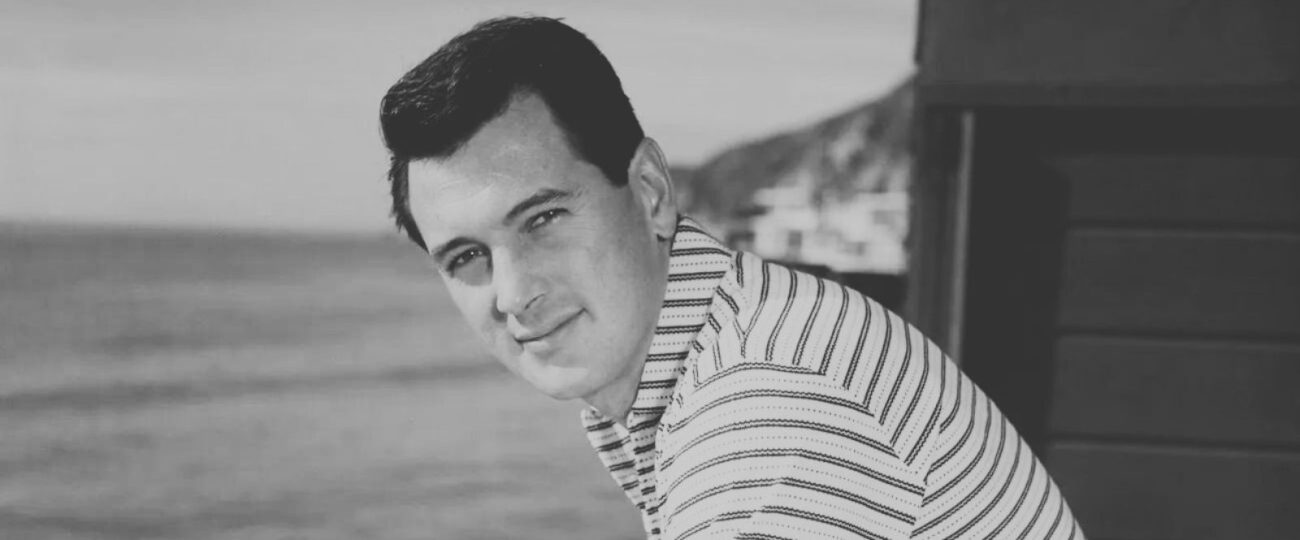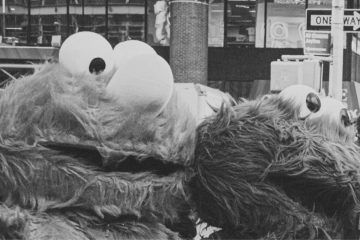What Happened On October 2nd?
On October 2, 1985, Rock Hudson died quietly at his Beverly Hills home. His longtime friend and secretary, Mark Miller, stayed by his side as Hudson’s health declined. The house remained still, capturing the weight of Hudson’s final moments. His battle with AIDS ended that morning, bringing a close to months of suffering.
At 8:37 a.m., Mark Miller informed Dale Olson, Hudson’s publicist, who quickly shared the news with the media. Reporters and fans crowded outside Hudson’s home, reacting with shock to the confirmation of his death. Although many had speculated about Hudson’s condition after his collapse in Paris, the news of his passing solidified the truth that the public had feared. Tributes from his colleagues and fans poured in, acknowledging both his impact on Hollywood and the strength he had shown in the face of his illness.
Later that day, Hudson’s body was transported to a funeral home, where he was cremated according to his wishes. His friends gathered for a private ceremony, during which his ashes were scattered into the Pacific Ocean. Hudson, known for guarding his privacy throughout his career, chose a quiet farewell, avoiding the media attention that often surrounded the deaths of famous figures. In his final moments, he remained in control, crafting a departure that mirrored his personal life—guarded and dignified.
In the weeks before his death, Hudson’s closest friends and medical team provided him with constant care. Mark Miller, his secretary for decades, ensured that Hudson’s final days were as comfortable as possible. Hudson, fully aware of his terminal condition, accepted the inevitable with a quiet calm. Elizabeth Taylor, who visited him frequently, provided emotional support during his last days. Those who spent time with him described his composure, which brought a sense of peace to everyone around him.
Hollywood reacted with deep emotion when news of Hudson’s death spread. Doris Day, his co-star in several popular films, expressed sorrow over his passing. She remembered their last public appearance together in July 1985, when Hudson’s weakened condition had shocked those in attendance. Despite his frailty, Hudson had attended the event to support Day’s new television show, demonstrating the loyalty and professionalism for which he was known. His appearance at that event left a lasting impression on his friends and fans alike, as it showed how drastically his health had changed.
Hudson’s decision to disclose his AIDS diagnosis in July 1985 changed the way the public viewed the disease. When he revealed his illness following his collapse in Paris, he shattered the silence that had surrounded AIDS. His announcement forced people to confront the seriousness of the epidemic, which had largely been ignored or misunderstood. By becoming the first major Hollywood figure to speak out about AIDS, Hudson made it clear that the disease did not discriminate based on status or fame.
Throughout his career, Hudson had dominated Hollywood, starring in blockbusters like Giant and Pillow Talk. His image as a charming, masculine leading man had been carefully cultivated by Universal Pictures, who knew his appeal could win over audiences worldwide. Behind the scenes, however, Hudson faced the pressures of concealing his private life. In 1950s Hollywood, the expectation to maintain a heterosexual image was overwhelming, and Hudson’s handlers went to great lengths to protect his reputation. One of these efforts included orchestrating his brief marriage to Phyllis Gates, his agent’s secretary, in 1955. Although many in Hollywood knew the truth about Hudson’s sexuality, he kept it from the public eye until his illness forced him to reveal it.
In the final months of his life, Hudson traveled to Paris in search of experimental treatments for AIDS. He consulted with Dr. Dominique Dormant, a French physician known for his innovative therapies. Despite his hopes, Hudson’s health worsened. On July 21, 1985, he collapsed in his hotel room at the Ritz, prompting his team to arrange an emergency airlift back to Los Angeles. When Hudson arrived at UCLA Medical Center, it became clear how dire his condition had become. Photographs of Hudson’s gaunt appearance circulated in the media, confirming the severity of his illness.
Elizabeth Taylor, one of Hudson’s dearest friends, became a tireless advocate for AIDS research after his death. Hudson’s struggle with the disease deeply impacted her, and she committed herself to raising funds and awareness. Taylor’s efforts, driven by her connection to Hudson, drew significant attention to AIDS, which had been largely met with indifference by the public and government. Hudson’s death inspired her to lead the fight, using her influence to create meaningful change in how the world viewed the epidemic.
Hudson’s death confronted Hollywood with the reality of the AIDS crisis, which the industry had largely ignored. For years, AIDS remained a topic many refused to discuss, but Hudson’s public battle forced the conversation into the spotlight. His final months, spent not only fighting the illness but also reconciling with his private life being exposed, represented the struggle faced by many individuals living with AIDS. Hudson’s death became a turning point, pushing Hollywood and the public to finally acknowledge the epidemic and take action.





